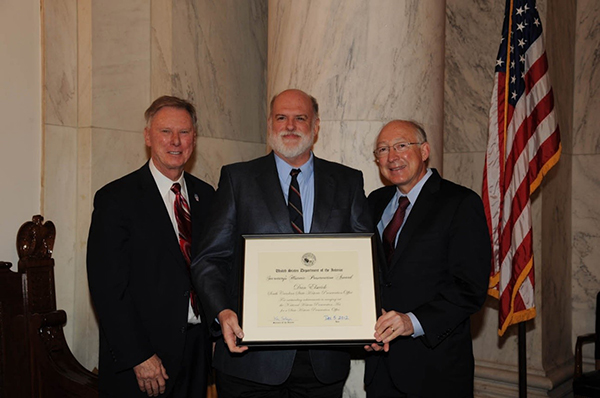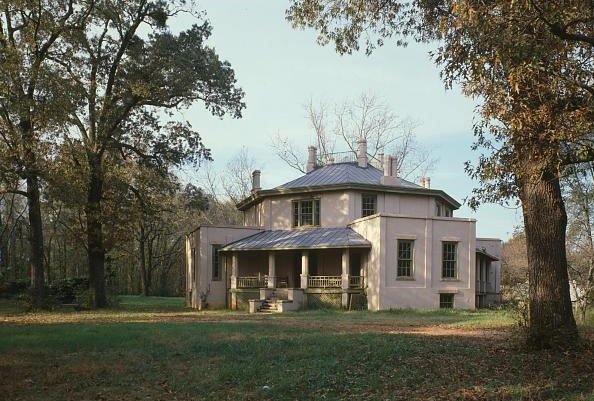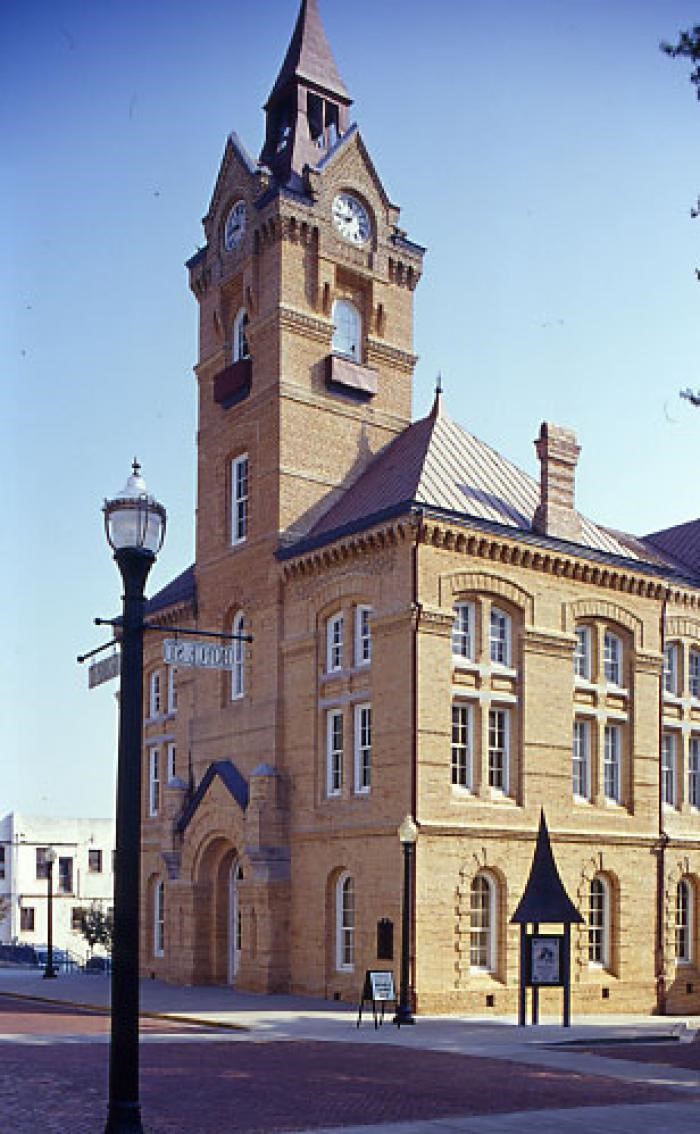
A Blog post By Dan Elswick
I was born in Waco, TX, but our family moved around because my father was a career Air Force officer. We lived in California, Louisiana, North Dakota, and Florida. I got my Associate in Arts from Miami-Dade Community College and Bachelor of Architecture from the University of Tennessee, Knoxville. My Master of Architecture is from the University of Texas at Austin. I started in the historic preservation field at the Dade County Historic Survey in 1978, researching the history of buildings in the 27 cities in the county. At the Texas Historical Commission, I reviewed work on everything from a two-pen log courthouse to a 27-story Art Deco skyscraper. Each move took me to an area with older historic properties. By the time I moved to South Carolina in 1986, I had found fertile historic ground into which I could grow my professional roots.

What do I do as a Senior Historic Architectural Consultant?
My responsibility is to provide comments on proposed rehabilitation projects. We review federally-funded projects that involve historic buildings, properties that are receiving or have received grant funds, as well as general technical assistance to property owners and local government preservation programs. Most of my reviews are for projects seeking federal and state tax credits. These public-private partnership programs encourage the rehabilitation of significant historic properties across the state. In the past 10 years that represents over 100 projects and nearly $600 million of private development.
Why did I want to work in historic preservation?
In high school, I discovered a drafting class. That sparked an interest in how we make buildings. My interest in history led to my degrees in architecture with a concentration in historic preservation. I find it fascinating to be able to facilitate in the reuse of a building that may have been designed for a totally different use
My favorite building?

There are so many great buildings from which to choose. Perhaps a unique building to share would be the Zelotes Holmes House in Laurens. Built in 1859 on an octagonal plan, the walls are made of an early form of poured concrete called gravel wall construction. The building incorporates natural cooling using porches and a central hall space that allowed cross-ventilation. It also included central heating, with ducts formed into the walls. Such a unique building, even the porch columns and chimneys are octagonal! Orson Squire Fowler made this house form popular in the mid 19th century in his book, The Octagon House, A Home for All. This example follows the book closely in terms of plan and the unique gravel wall building material.
My favorite part of the job.
Problem solving is an important aspect of what we do. How can we help an architect apply the owner’s scope of work to an existing building and retain the aspects of the building that define its historic character? I have suggested the same concept to different architects and they have come up with many different solutions that accomplish the goal. That is very satisfying. I also believe that a collegial atmosphere is critical to a successful outcome. Everyone has something to contribute to the process.
What is my favorite historical figure or time period?
The work of Philadelphia architect Frank Furness has always intrigued me. His designs didn’t play by the rules, but the completed buildings were spectacular Victorian edifices. A quote from one of the books about him says, “Frank Furness' energy, confidence, brashness, vulgarity, and full-throated love of life vibrate in his architecture.” Louis Sullivan apprenticed with Furness and Frank Lloyd Wright apprenticed with Sullivan. With less name recognition than many others, Furness had a powerful impact on American architecture.

The Newberry Opera House has many features that remind me of the work of Furness. There is no clear attribution as to the building designer. Ah, another thread to follow. Such is the delight of the historic architectural consultant.
